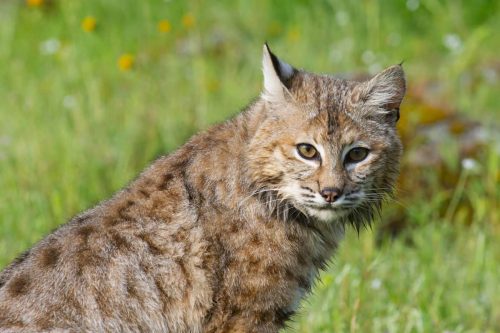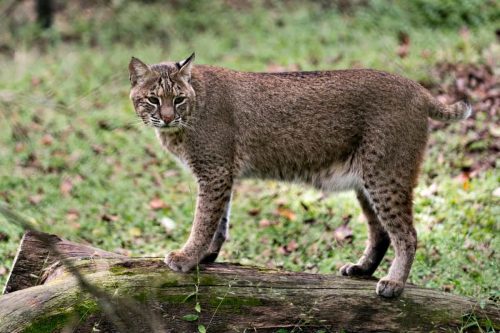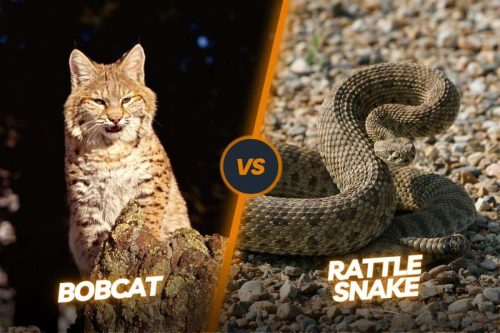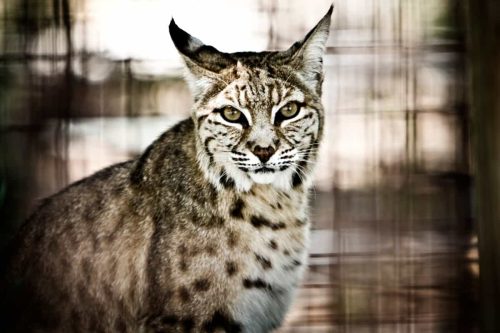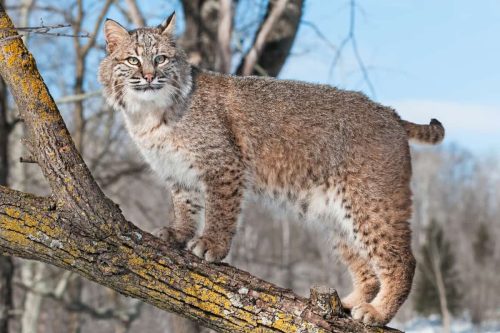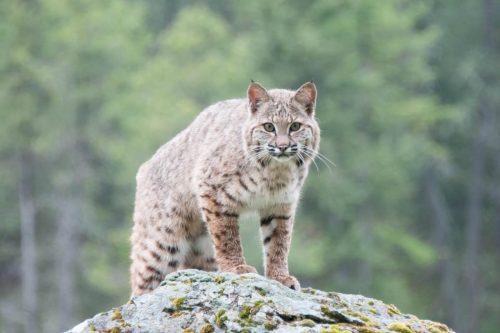Bobcats in Pennsylvania: The Resurgence of Bobcats in PA
Bobcat is among the few wild cat species which are native to North America. It is also the only feline predator along with house cats that you can witness in Pennsylvania. Pennsylvania has a very stable population of bobcats in most of its counties and it is the least concern on the IUCN red list of endangered species. However, you may not notice any bobcat presence in the northwest and southeast region of the state due to unsuitable habitats and the abundance of the human population.
Bobcats in Pennsylvania are in abundance due to two main reasons which are suitable habitat in most of the counties and the availability of many small and medium-sized mammals. Being carnivore animals, they like to eat a variety of food and they can easily find their prey like white-tailed deer, snowshoe hares, squirrels, rabbits, and mice in abundance in states like Pennsylvania.
In this article, we are going to find out how many bobcats are present in Pennsylvania and how the habitat of Pennsylvania is suitable for them.
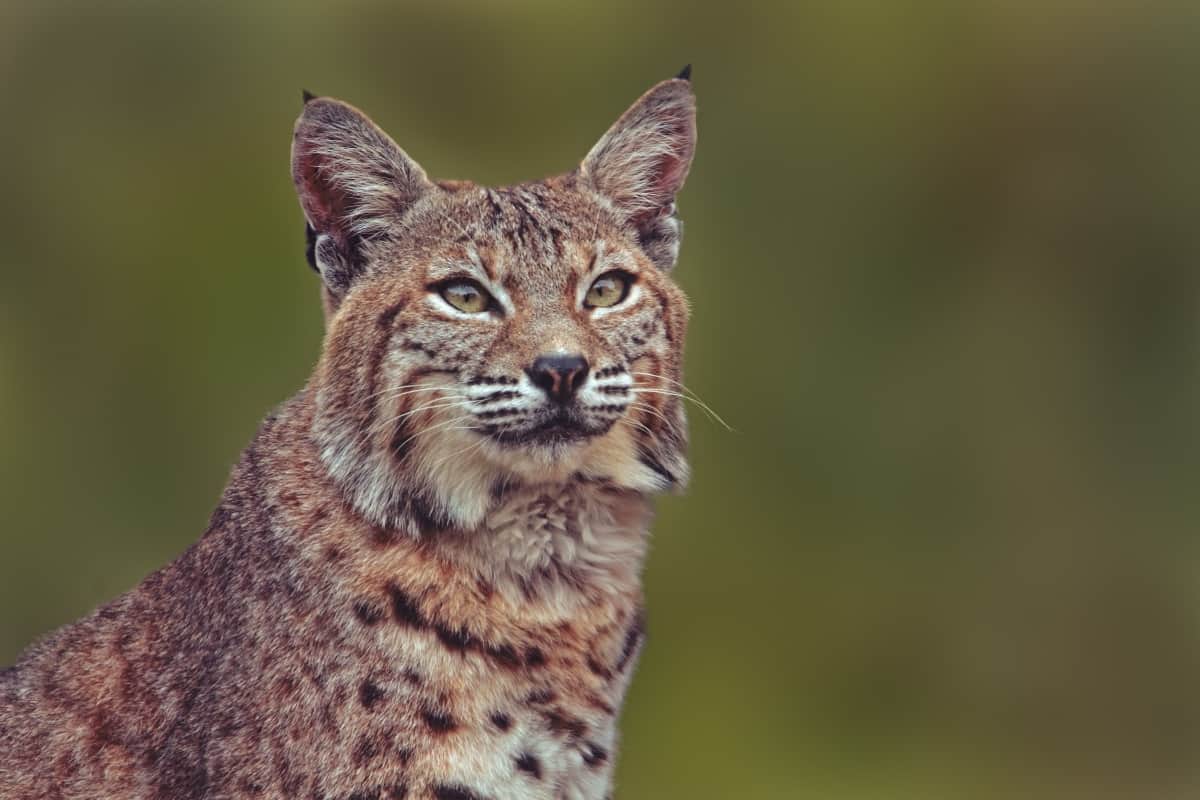
Contents
- Ecology of Pennsylvania
- Are there bobcats in Pennsylvania?
- Are there black bobcats in Pennsylvania?
- Are there mountain lions in pa?
- Where do bobcats live in Pennsylvania?
- What is the population status of bobcats in Pennsylvania?
- Wild cats in PA
- Population management of bobcats in Pennsylvania
- Bobcat season in PA
- Frequently asked questions
- Conclusion
Ecology of Pennsylvania
Pennsylvania has a very diverse ecosystem. It is full of mountains, hills, wetlands, forests, grasslands, swamps, and deserts. This kind of habitat attracts bobcats towards it. You can witness a range of Appalachian Mountains at the center of the state. The highest point of the state named Mount Davis also lies at this point. You can also find a lot of small to medium-sized prey in Pennsylvania. These mammals could be a good source of food for bobcats.
Are there bobcats in Pennsylvania?
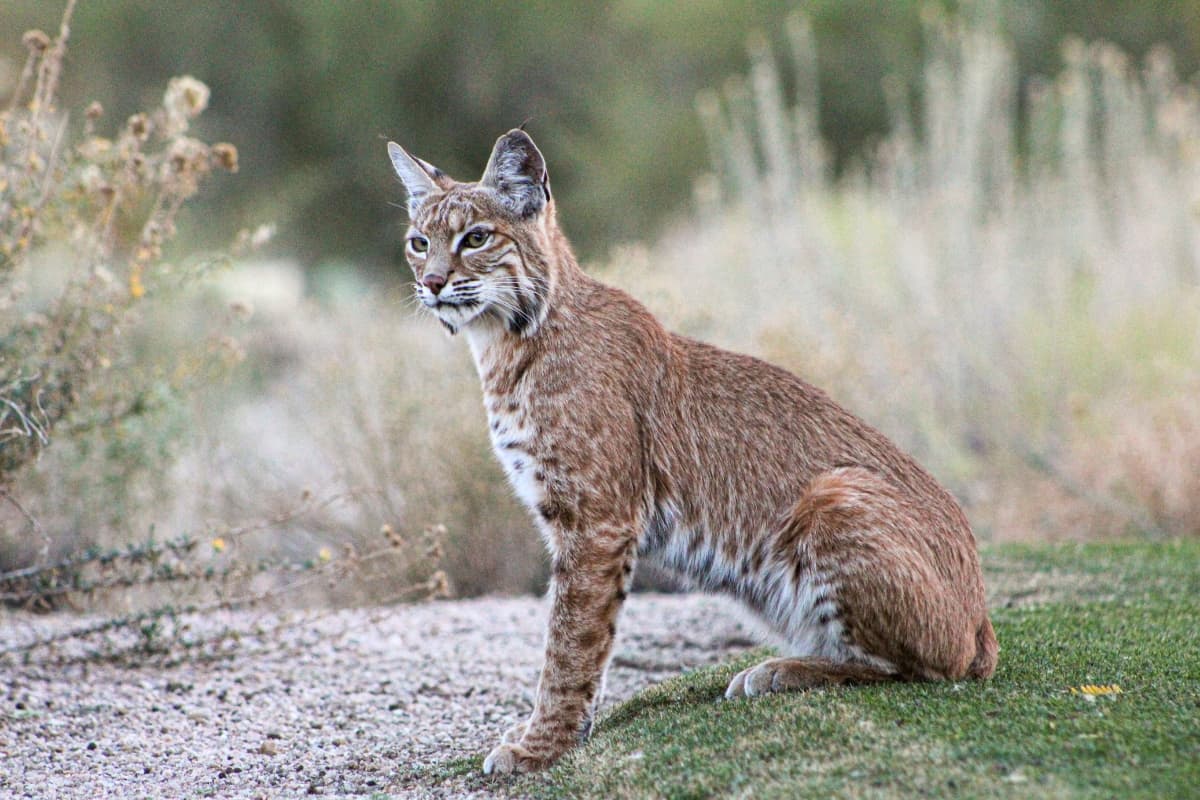
For people who want to know are there bobcats in PA? Yes, there is a very stable population of bobcats in Pennsylvania. The size of the population is continuously rising. Despite having a very good population of these cats, it is still very rare to see these cats in the wilderness due to their elusive and shy nature. Most of the time, people also take mountain lions or domestic cats as bobcats due to their similar appearance.
Usually, bobcats lie in the range from the Appalachian Mountains of the southwest to the northeast region of the state. Other than this, you can also witness these cats in the farmlands and woodlands of the southeast. You can also find a lot of bobcats population in the forest areas due to the abundance of prey in these areas. In these areas, bobcats hide in caves, tree logging chambers, burrows, and brush piles for their own safety from other predators.
Also, Read our article for Bobcats in Ohio State.
Are there black bobcats in Pennsylvania?
Sometimes bobcats exhibit a spotless solid black hue due to the absence of day or strong light anywhere. This is called the Melanist effect. However, it rarely happens and most cats always exhibit some kinds of spots and markings on their body. Black bobcats are usually associated with only Florida State and only two black bobcats were witnessed in Canada.
Are there mountain lions in pa?
Nowadays, you cannot find any mountain lions in Pennsylvania. These wild cats used to be here but now have gone extinct from the state due to the unavailability of their required habitat or excessive hunting. The last time when mountain lions were seen while roaming freely in Pennsylvania was at the end of the 19th century. Since then people have not witnessed any mountain lions in any county of the state. It has been reported that the last lion was killed by coal burners of Berk county in 1874. The remains of this lion are still held in a display case at the Museum of Pennsylvania.
Where do bobcats live in Pennsylvania?
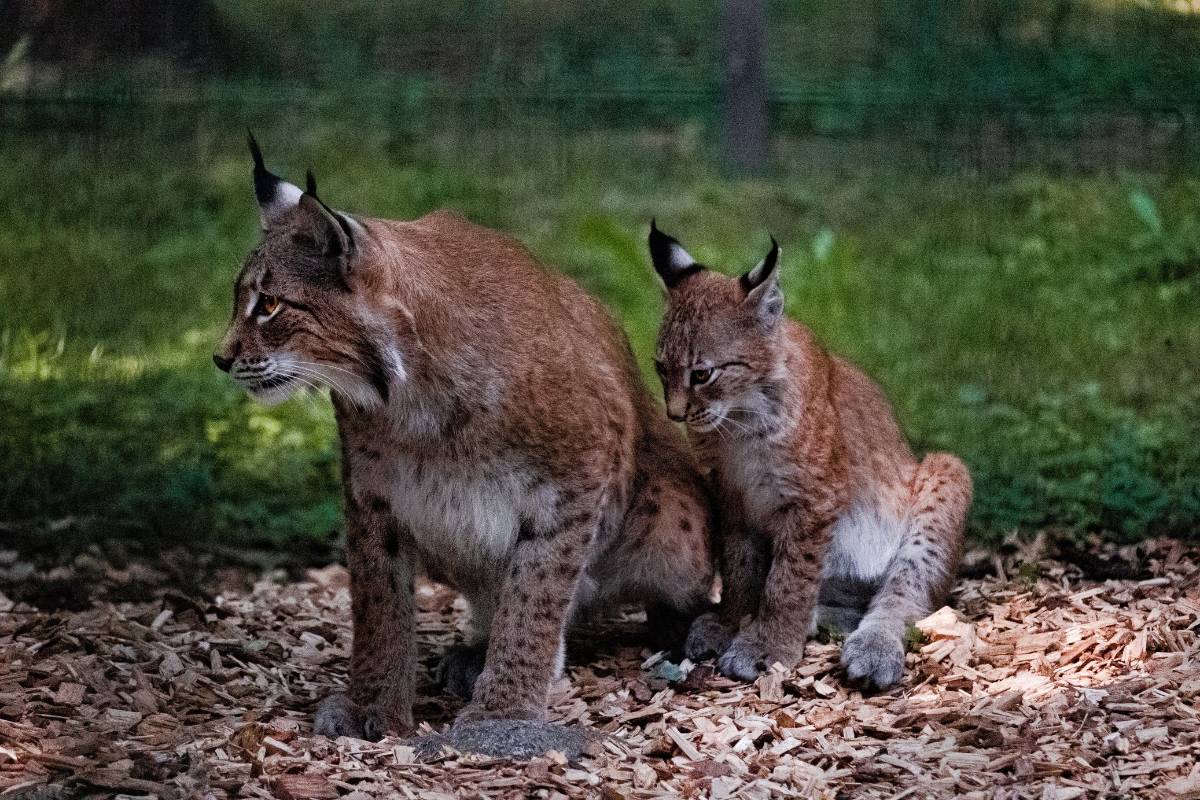
Various kinds of habitats in Pennsylvania are good for bobcats. Some of these prominent habitats are woodlands, suburban areas, agriculture areas, forests, swamps, scrublands, deserts, mountains, and suburban areas. All of these habitats are highly recommended for bobcats.
Most of the bobcats are found in the North central region of the state where there is a very sparse human population. Recently, a new survey was conducted and it showed a very high concentration of bobcats in the central counties. It has been enlisted as the least endangered species on the red list of IUCN.
Bobcats also like to reside near rural areas as it is quite easy to find food and shelter in these areas. Bobcats are also thriving in a very good manner in these areas. Most of the areas of Pennsylvania have a very stable population of bobcats except in southeast and northwestern areas due to the very dense human population in these areas and unsuitable habitat for these cats.
What is the population status of bobcats in Pennsylvania?
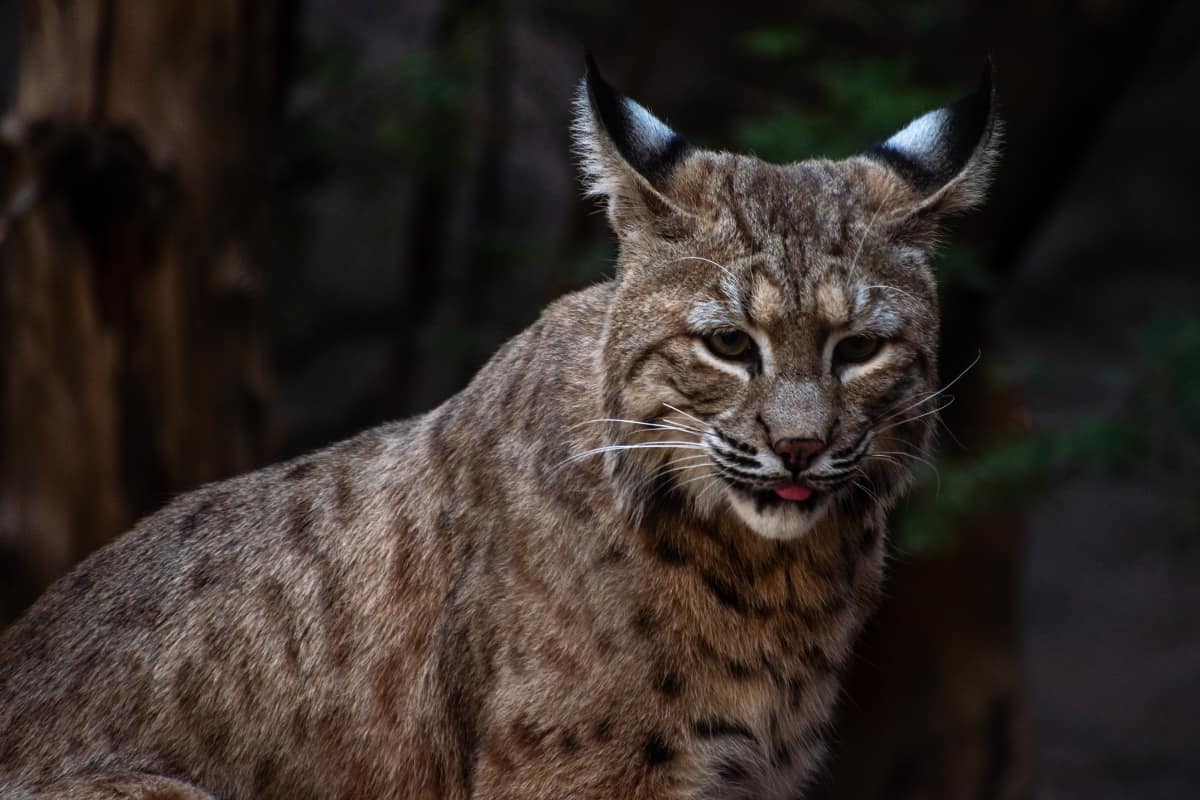
The population of the bobcat is continuously increasing day by day. Nowadays, Pennsylvania has a very stable population of bobcats. According to the Journal of fish and wildlife management, there are above 20,000 bobcats present in Pennsylvania. All the indicators like public sightings, hunting surveys, and an increasing number of bobcat killings by vehicles are positive signs regarding the bobcat population in Pennsylvania.
In Pennsylvania, a very significant change happened in the population of bobcats throughout the different eras of known history. In the early 1900s, bobcats were fully allowed to hunt, trap and kill as there was a very widespread population of bobcats throughout the state of Pennsylvania. In the 1970s, bobcats were given the status of furbearers but no protection was available.
In the late part of the 1970s, bobcats were protected for the first time and these cats were given the status of game animals. Since then the population of the bobcat is continuously rising day by day. Sometimes, it is also allowed to hunt these cats by issuing permits to control the extraordinary rise of their population in the state.
According to a recent study, it has been estimated that there are around 20,000 bobcats available in the state. This figure was given on the basis of public sightings, hunter surveys, and the bobcats hit by vehicles. It was also observed that the population of the bobcat is continuously increasing day by day in the state.
Bobcat is present in almost every county of the state. In 47 of the 67 counties of the state, bobcats were reported with evidence. It means bobcats are present in every nook and corner of the state but occasionally come out as they don’t like to encounter human beings.
Wild cats in PA
Many wild cat species exist in the North American region. In Pennsylvania, the bobcat is the only wild cat that you can witness. Some residents have reported the presence of mountain lions and Black Panther in Pennsylvania but these reports were never substantiated with any proof. Pennsylvania state extension has also completely refuted these reports and issued a statement that there are no wild cats available in the state other than bobcats.
Population management of bobcats in Pennsylvania
At the end of the 20th century, the population of the bobcat was not good enough that’s why it was completely banned to trap or hunt bobcats. During this time, bobcats were harvested by issuing a lot of permits to increase the size of their population. Still, bobcat harvesting is at its peak in the state.
In 2019-2020, 1050 bobcats were harvested in a single season throughout the state. Interference in breeding and reproduction was also completely prohibited during the critical era. Nowadays, the population of bobcats is quite good in the state and that’s why it is allowed to hunt or trap these cats for limited editions.
Bobcat season in PA
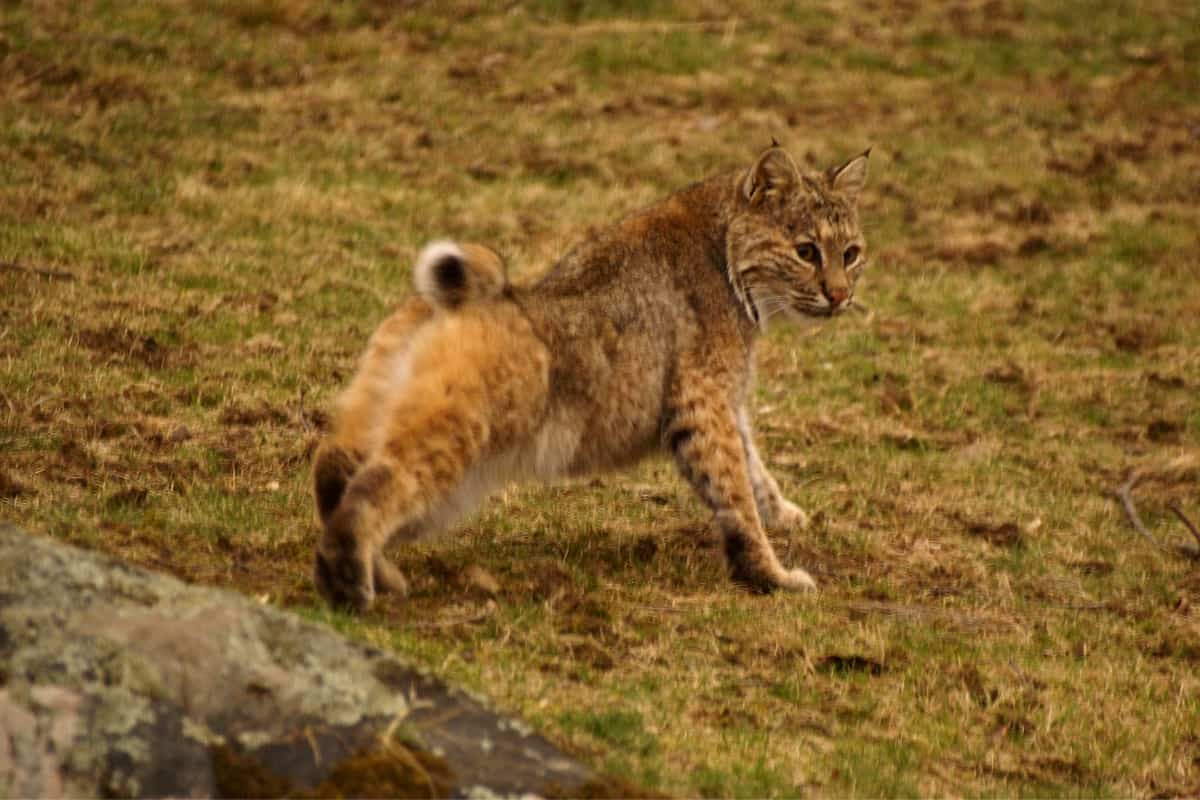
There is a bobcat season in Pennsylvania when you can hunt or trap bobcats. It is only allowed if you have some legal permit for this purpose. You must also have a license for the assurance that you are expert enough for this activity. It usually starts in December and ends in January.
How much is a bobcat Permit in PA?
For the hunting of the bobcat in Pennsylvania, you need to have a permit which costs you around 7 dollars. Both the residents and non-residents of the state are allowed to avail this permit but only if you have a furtaker combination license.
Can you hunt bobcats at night in PA?
Bobcats are nocturnal animals and they also come out at night. It is possible to find them in the night and hunt them down. These cats like other animals’ raccoons, foxes, and coyotes could easily be located in the nighttime. However, there is a restriction regarding hunting these cats in the nighttime for a limited period.
Frequently asked questions
Conclusion
In nutshell, we can say that the bobcat is the only wild cat that you can find in Pennsylvania. No one knows the exact size of their population in the state but it is true the population of bobcats is continuously growing in the state. Now, you can witness these cats in almost every county of the state. The rise in population occurs due to conducive habitat and the banning of hunting activity for a time period.

Izzy is an experienced ranch worker who has a passion for exploring nature and getting up close to wildlife. With her connections to various animal organizations, Izzy is well-versed in animal care and rehabilitation.

